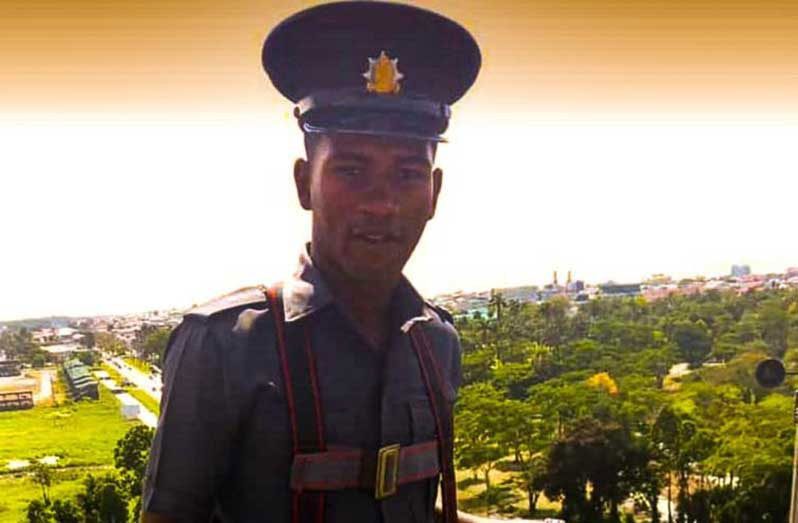–after acquiring crucial insights during investigation into fireman’s death
EVEN though the independent investigative panel did not blame any individual or department for the death of fireman Voshaun Manbodh, the Georgetown Public Hospital Corporation (GPHC) plans to implement several measures to strengthen patient safety and prevent similar occurrences.
In a statement issued on Friday, the hospital said that it has acknowledged the findings of the investigative panel, which included external experts.
“From the outset, it is important to clarify that Mr. Manbodh’s death was not solely the result of his acute injury. Rather, it was a complex complication arising from his acute trauma in conjunction with underlying chronic disease.”
“The investigative panel concluded that Mr. Manbodh passed away due to a known secondary complication of traumatic injuries—multiple bleeding ulcers,” the statement said.
It added that the findings underscored the challenges inherent in managing multifactorial medical conditions, and the need for a comprehensive, integrated approach to patient care.
“The investigation has provided critical insights into areas that require improvement, including clinical coordination, timely escalation of care, and adherence to established trauma management protocols,” the GPHC said, noting that the investigative panel has also concluded that there is no evidence that Mr. Manbodh fell from his bed, a claim that was verified by the nurses on duty and other patients in the ward at the time.
The hospital said that the panel’s review identified key areas for improvement in trauma management, interdisciplinary communication, documentation, and discharge protocols.
“While the findings highlight systemic gaps that contributed to this unfortunate outcome, they do not suggest intentional negligence or wrongdoing by any individual or department.”
“Instead, the report emphasises the urgent need for structural and procedural enhancements to ensure the highest standard of patient care,” the statement said.
Further, the hospital pointed out that in order to strengthen patient safety and prevent similar occurrences in the future, it will be implementing several measures.
These include enhanced multidisciplinary communication which will entail mandatory interdisciplinary case discussions for complex trauma cases to ensure continuous collaboration between all involved medical teams; reinforced escalation protocols which will focus on improved monitoring and response mechanisms for changes in patient condition, ensuring timely intervention and clinical governance strengthening which will involve the review and update of documentation policies, including clearer referral feedback mechanisms and improved communication of critical lab values.
Further, the hospital said that it will be giving attention to training and capacity building with the aim being on continuous medical education sessions focusing on trauma care best practices, interdisciplinary coordination, and early complication detection and there will policy updates through which there will be a refinement of discharge protocols to ensure that all necessary medical teams remain engaged in a patient’s care until stability is confirmed.
“GPHC remains committed to delivering high-quality healthcare and learning from every case to improve patient outcomes. We sincerely appreciate the efforts of the investigative panel and the dedication of our medical teams.”
“As we move forward, we will continue to refine our clinical processes to provide the safest and most effective care possible to all patients,” the statement said before extending its deepest condolences to Manbodh’s family, friends, and colleagues.
“We recognise the profound impact of this loss and reaffirm our commitment to continuous improvement in patient care and safety,” the statement added.
The 27-year-old firefighter was among those who responded to the March 5 fire at Mae’s Schools in Subryanville, Georgetown. Manbodh sustained severe injuries when portions of the roof and a wall collapsed, resulting in reported fractures to his neck, which cause impaired motor function.
He died several days later at the GPHC, where he was receiving treatment.



.jpg)








